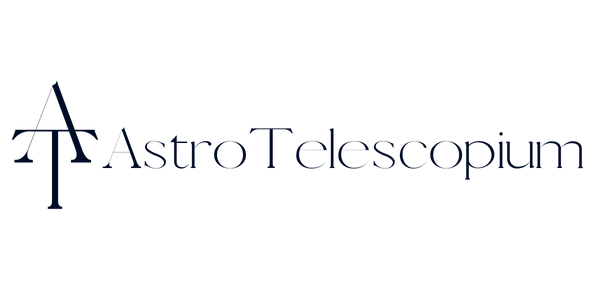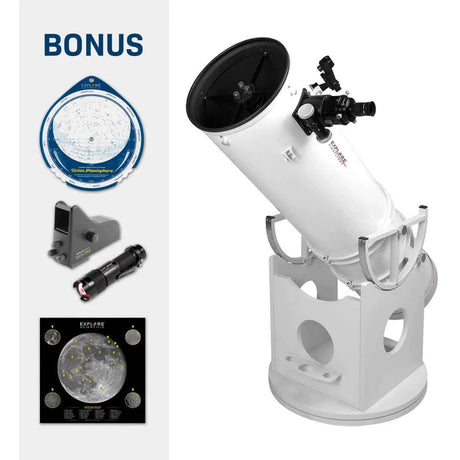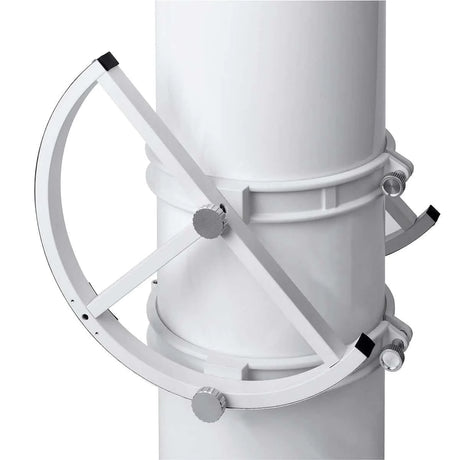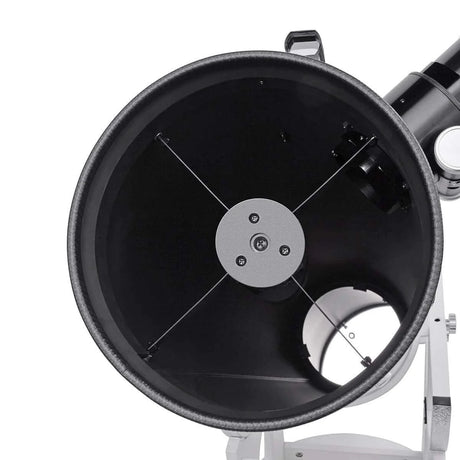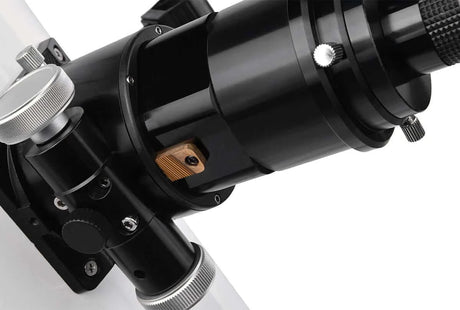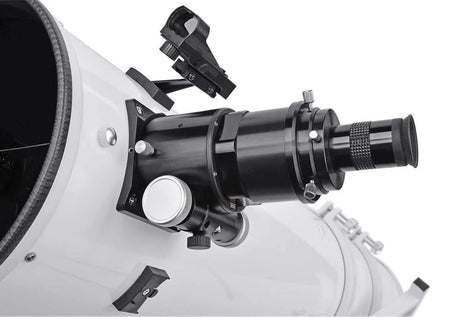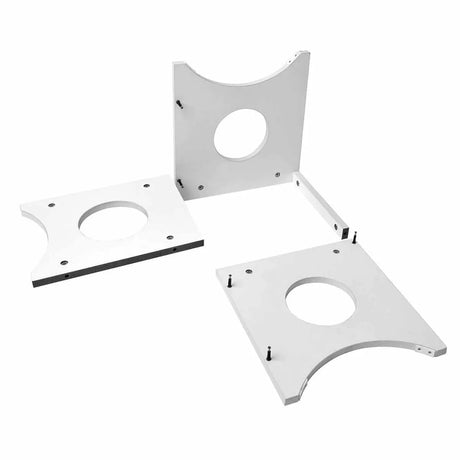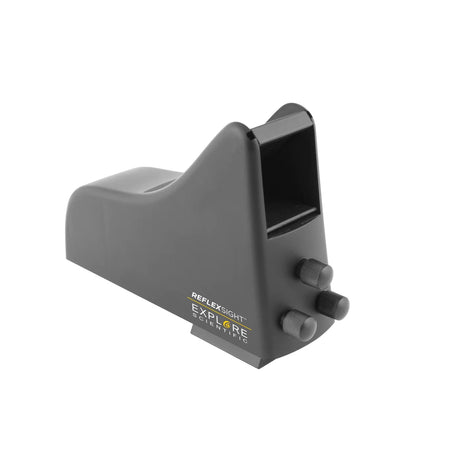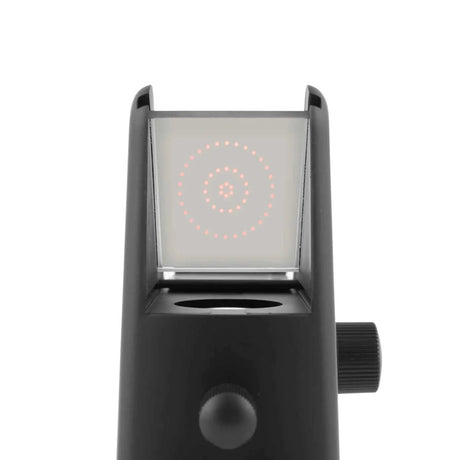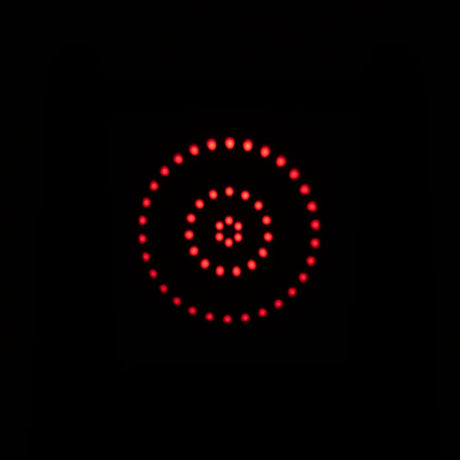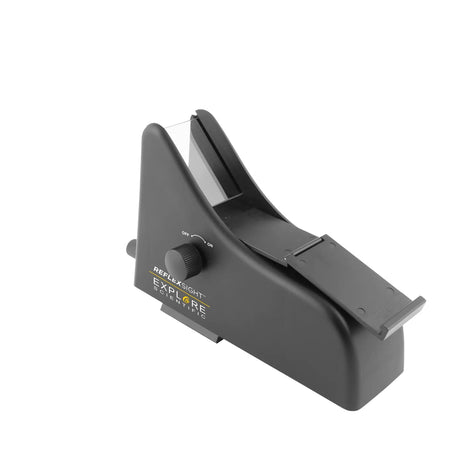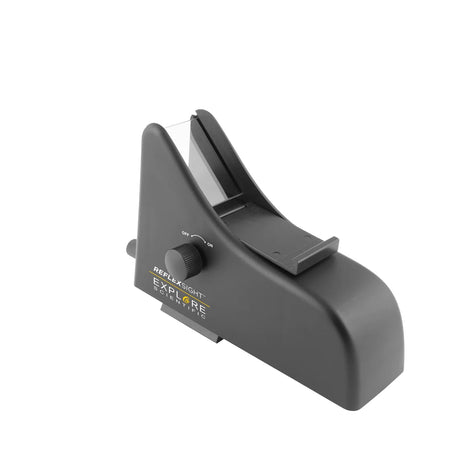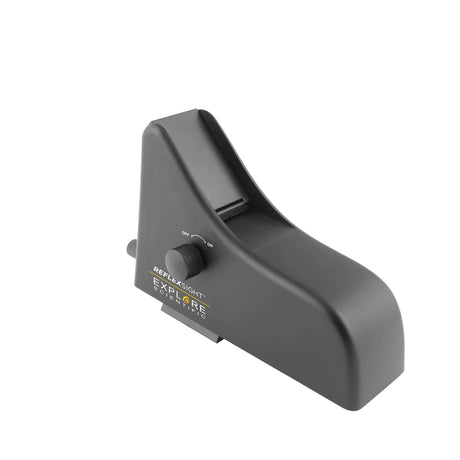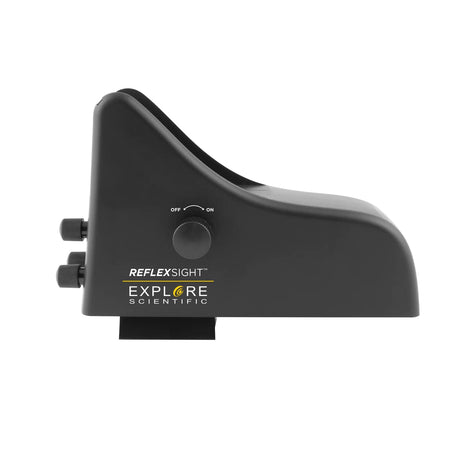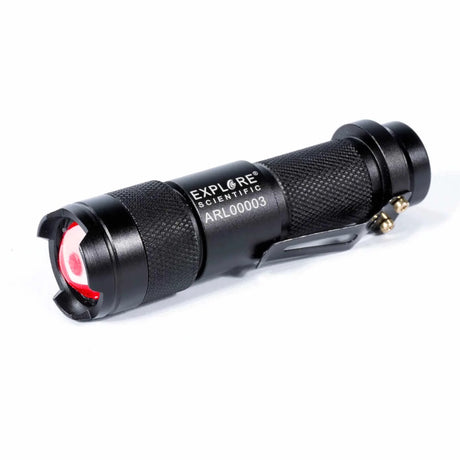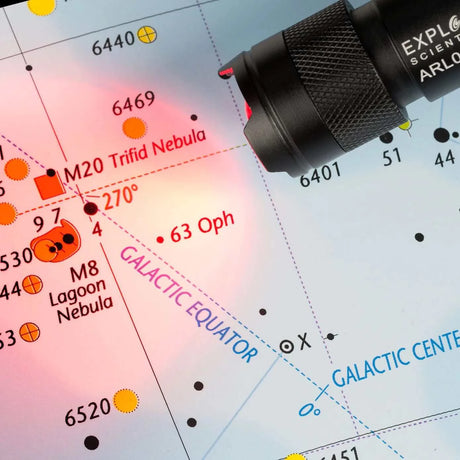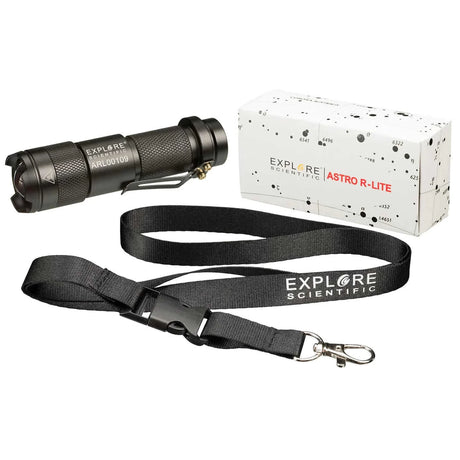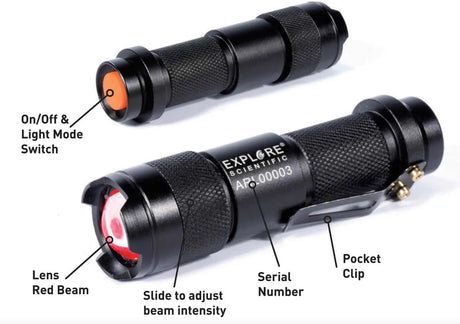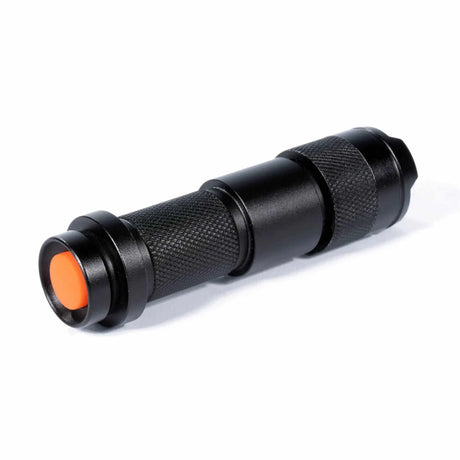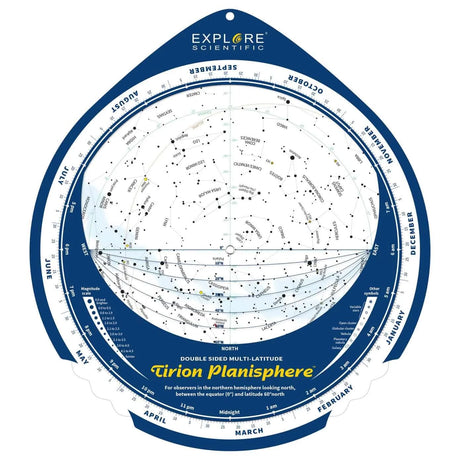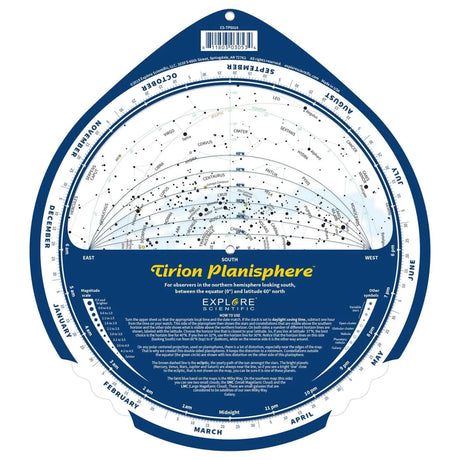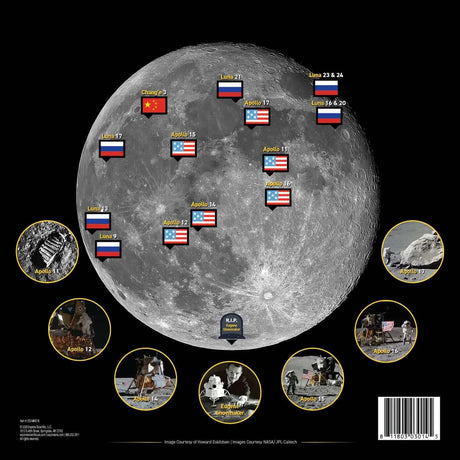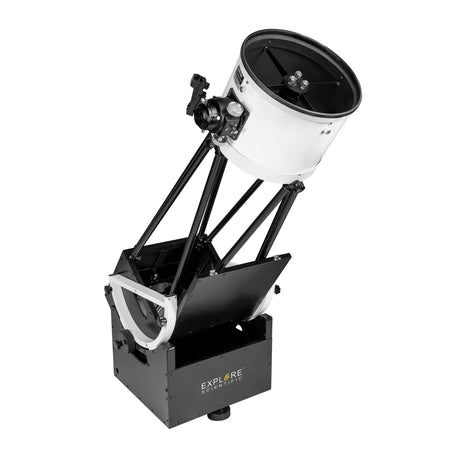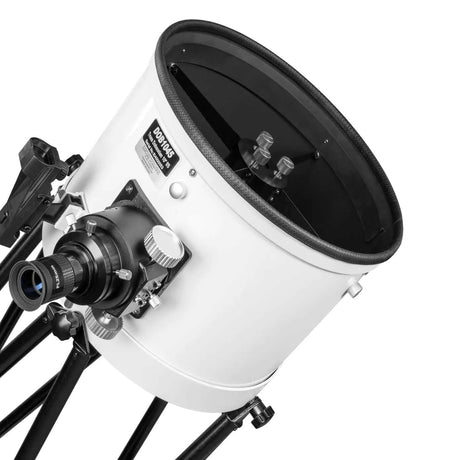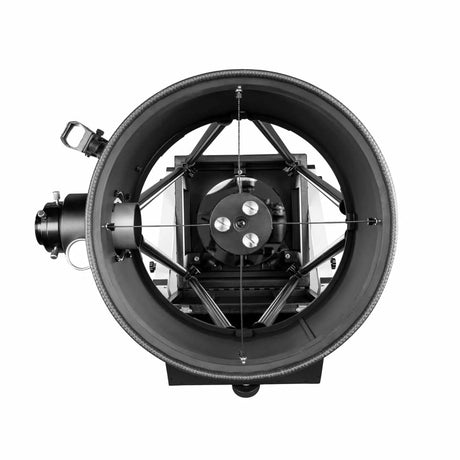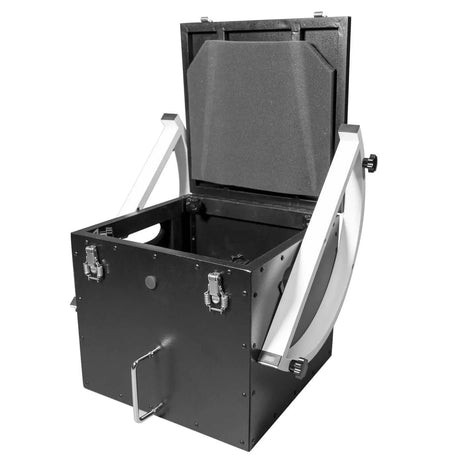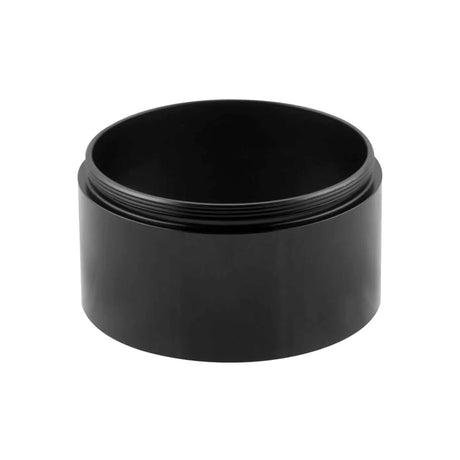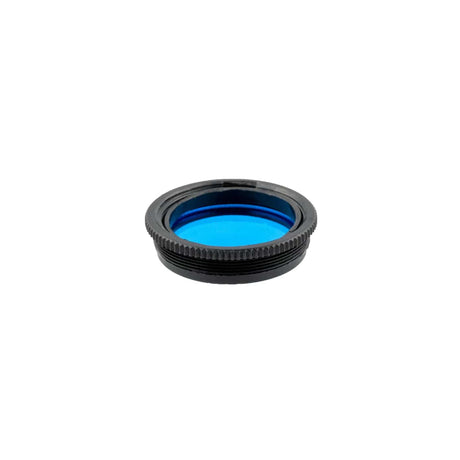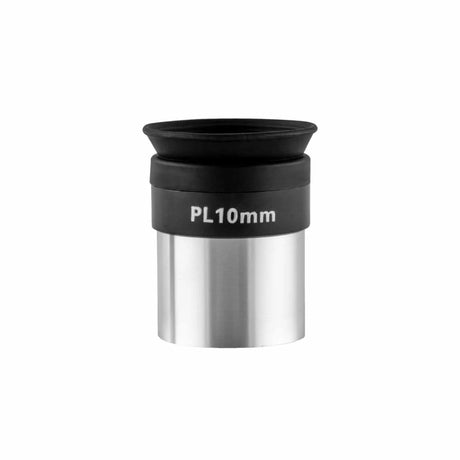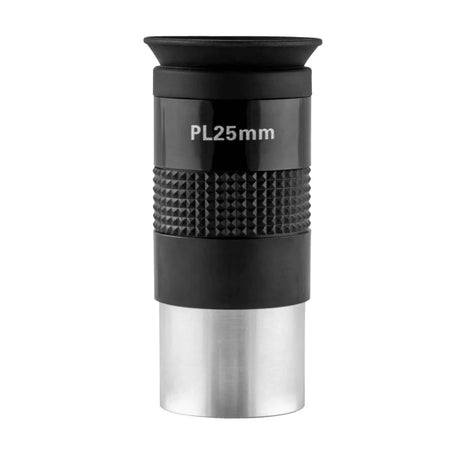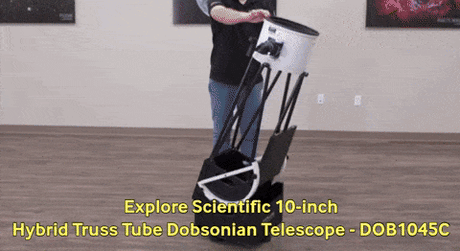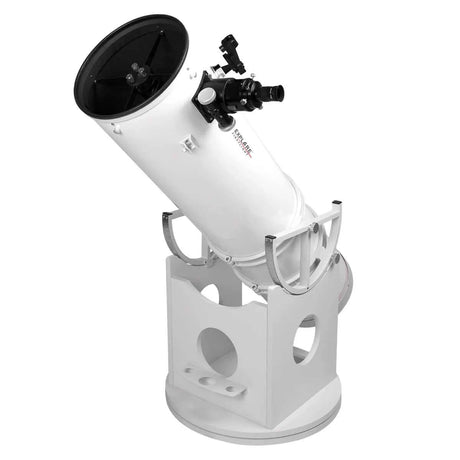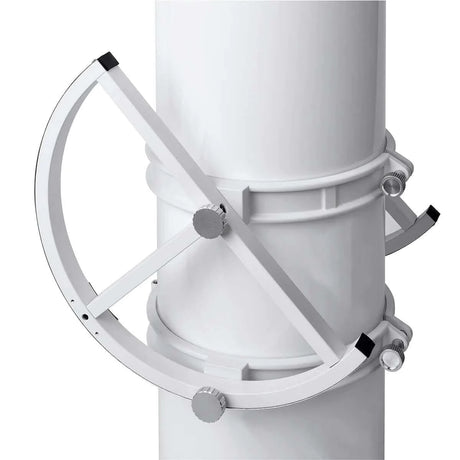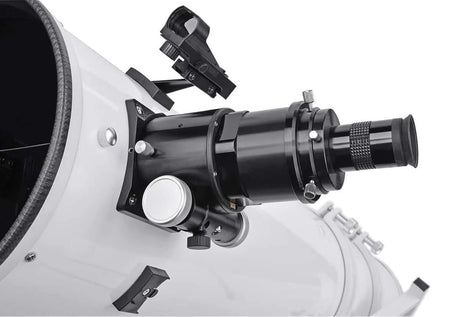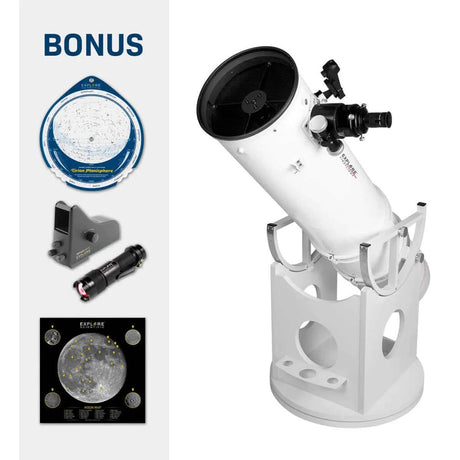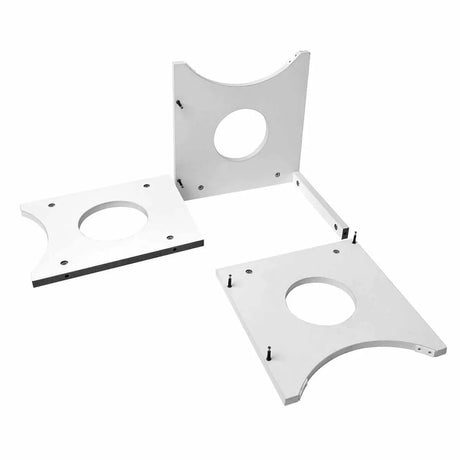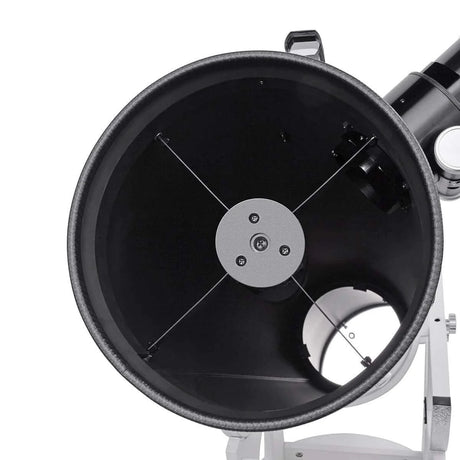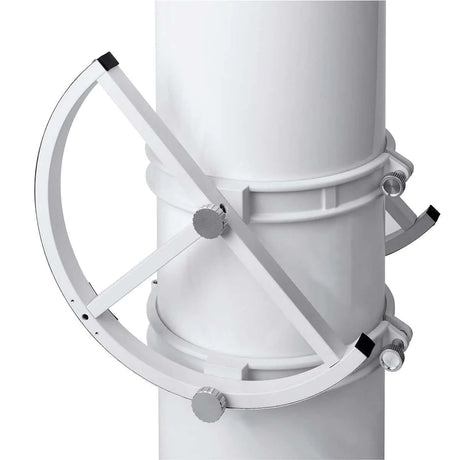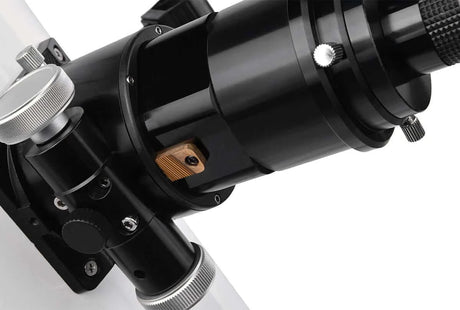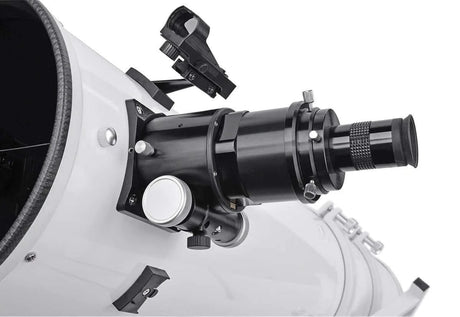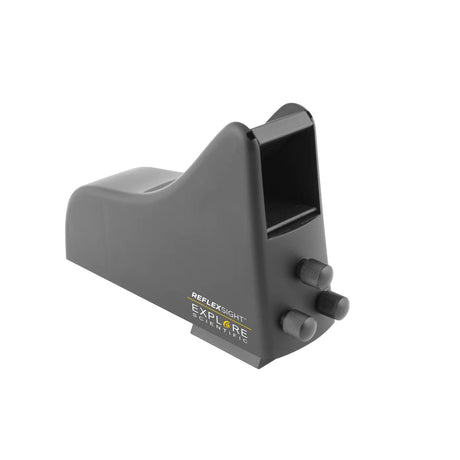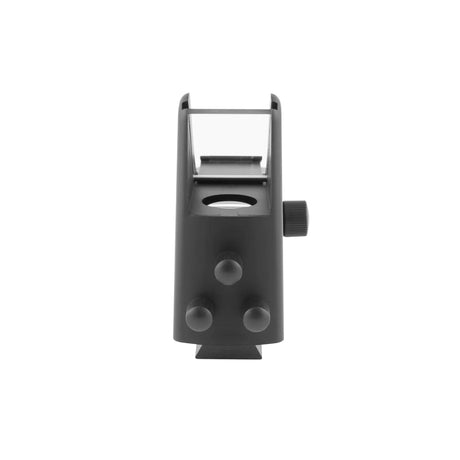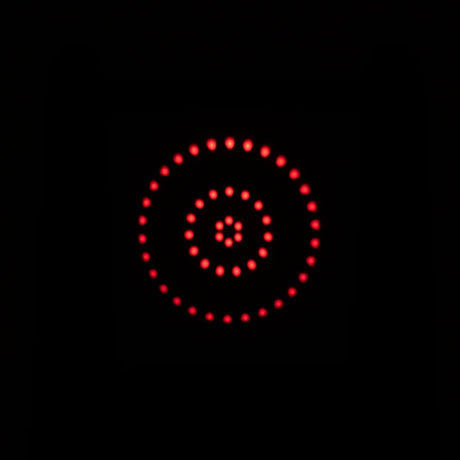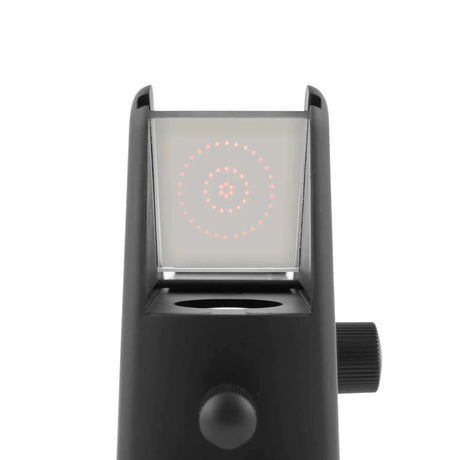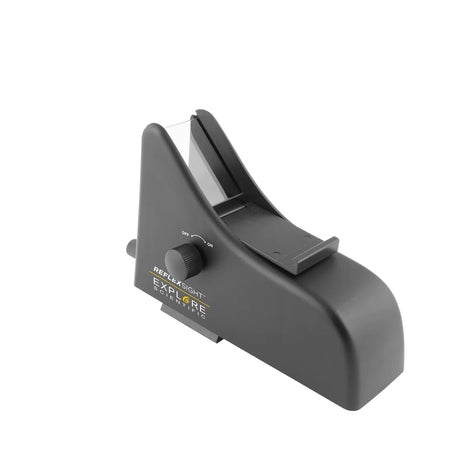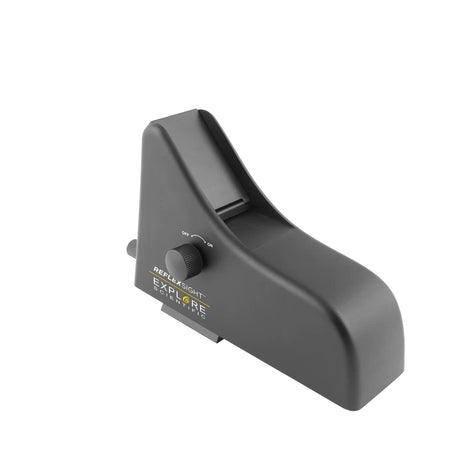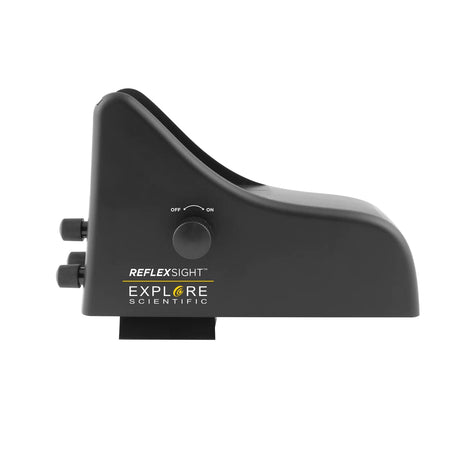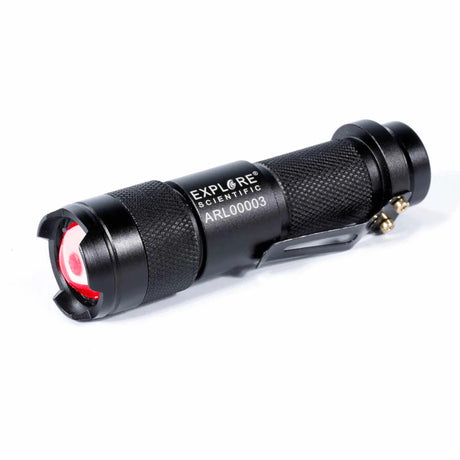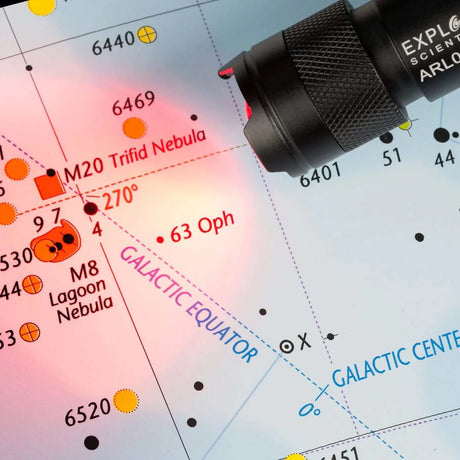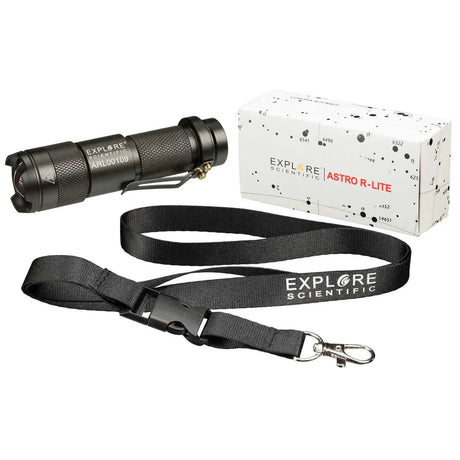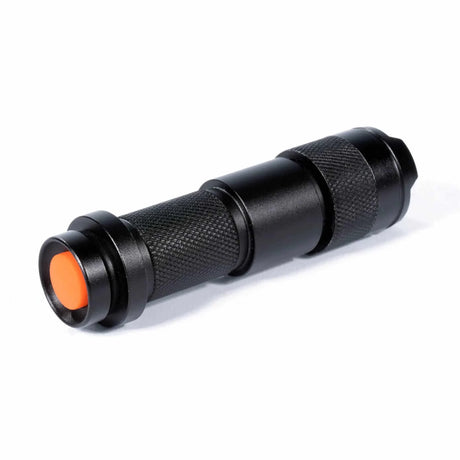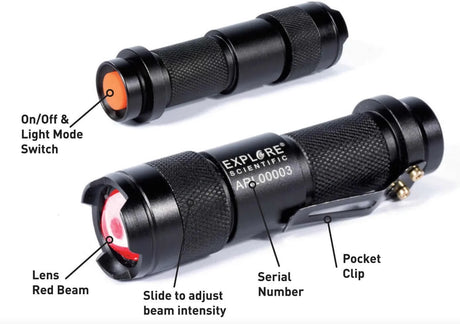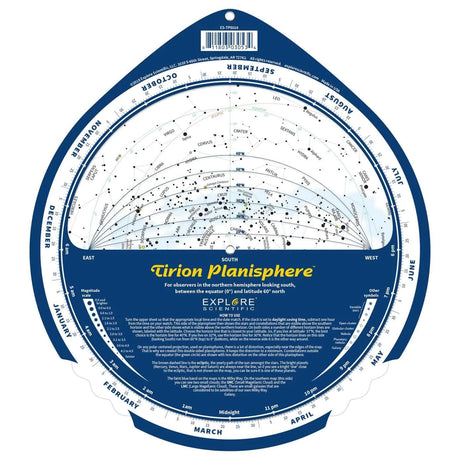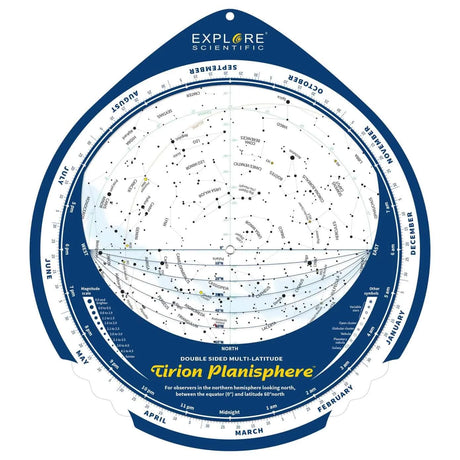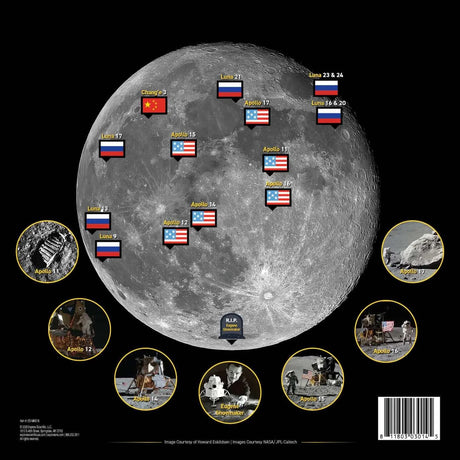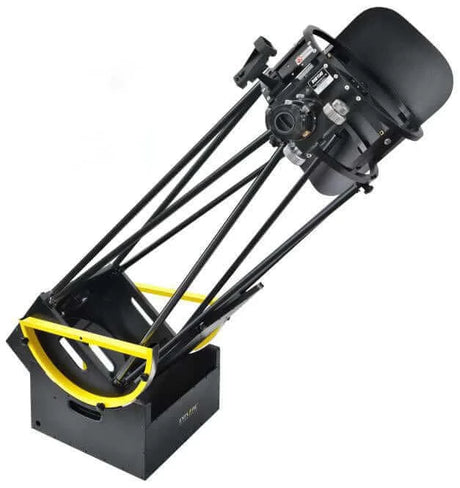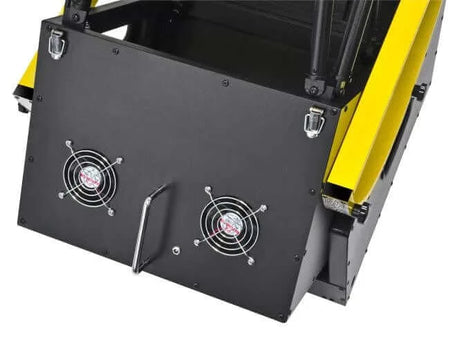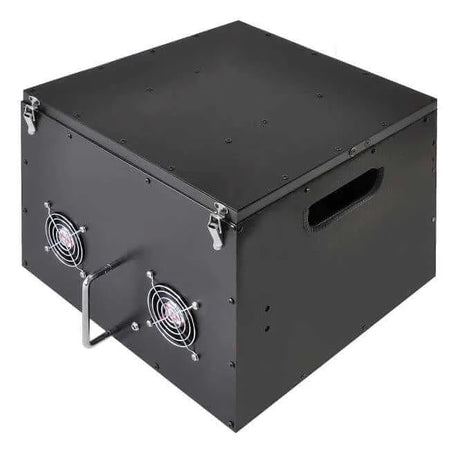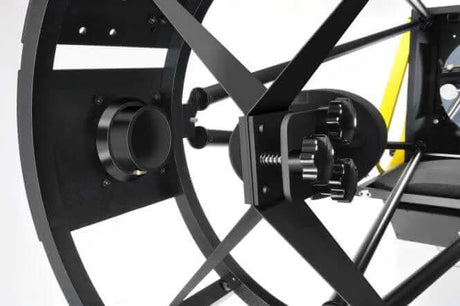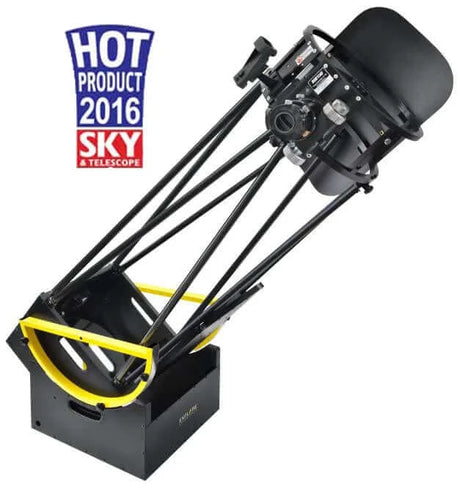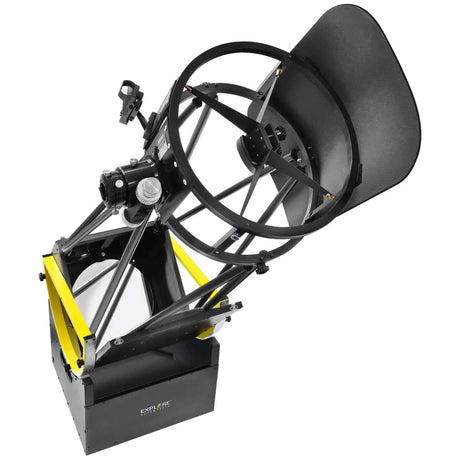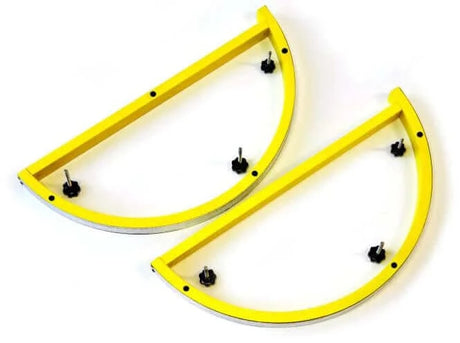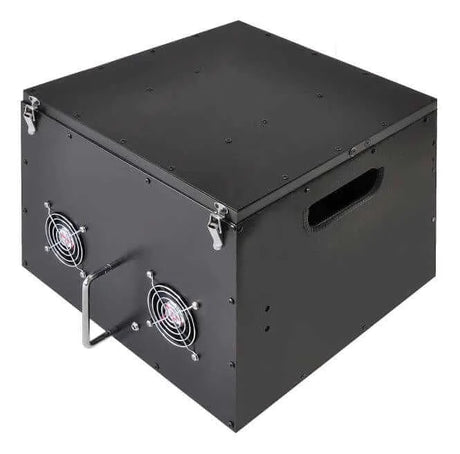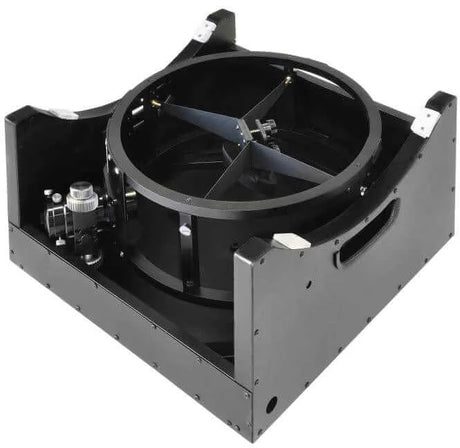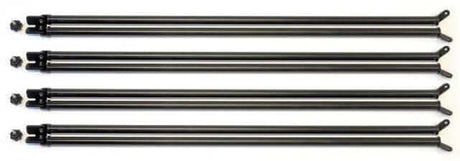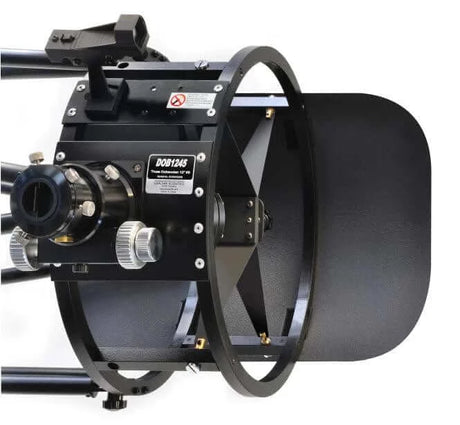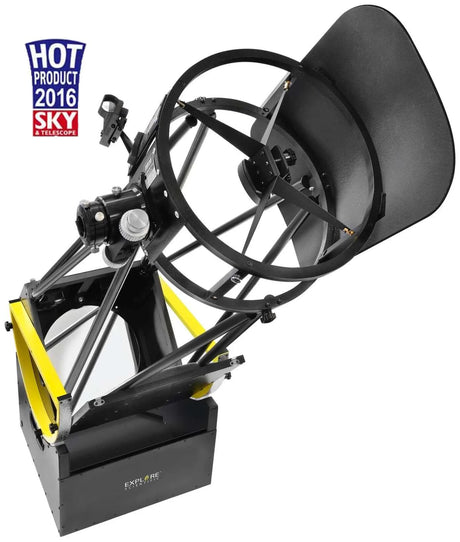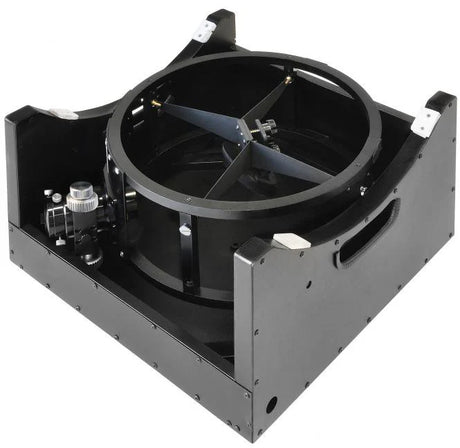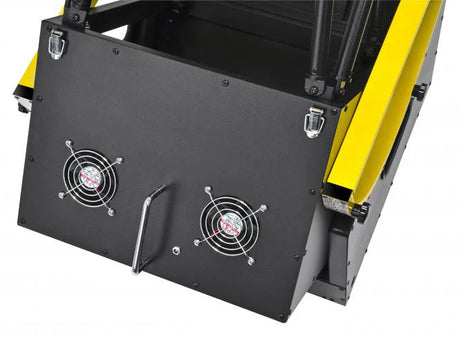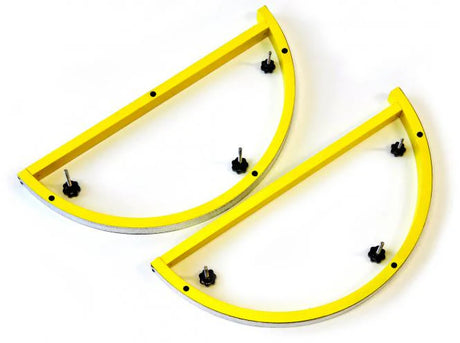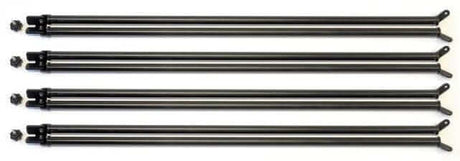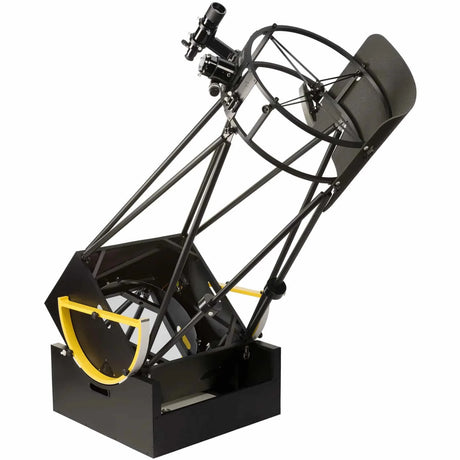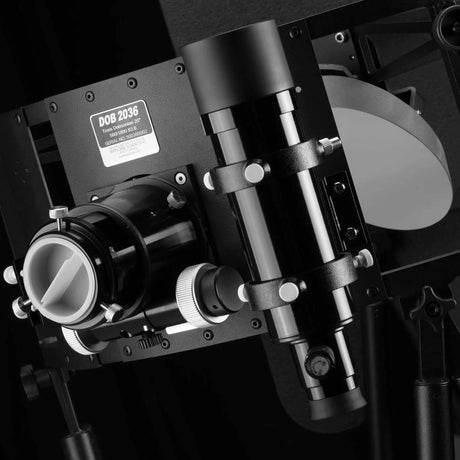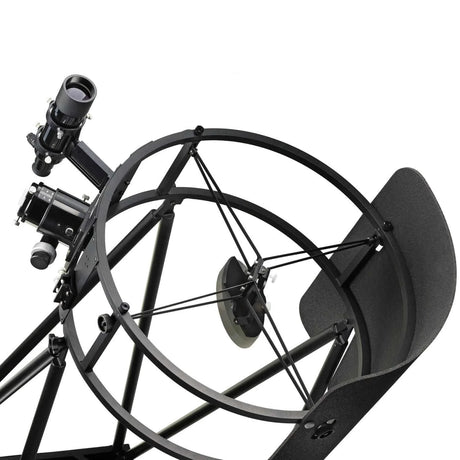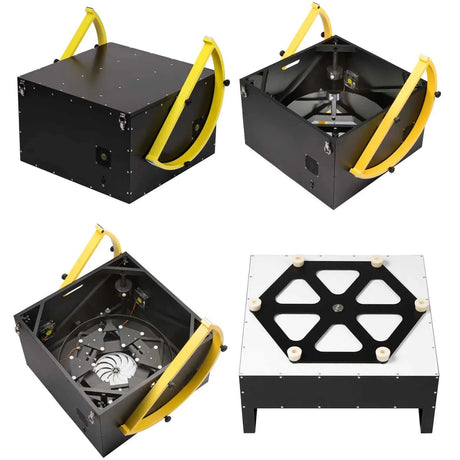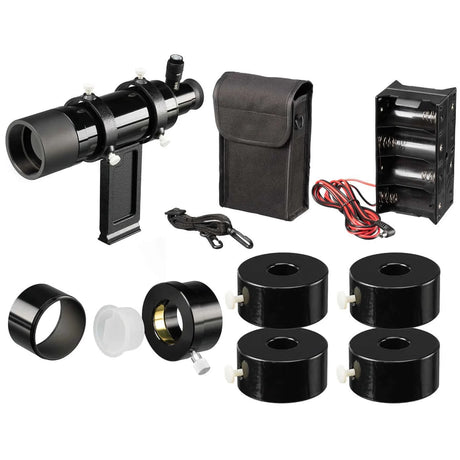TL;DR
Pick an 8-inch Dobsonian if you want the best mix of portability, price, and ease of use. It’s the size most people actually use often.
Pick a 10-inch Dobsonian if you can handle more bulk and want to see more structure in galaxies, globulars, and faint nebulae — it gathers about 56% more light than an 8".
- Small car / limited storage / stairs? 8"
- Dark-sky trips or backyard observatory? 10"
- New to reflectors / budget eyepieces? 8" (more forgiving)
Imagine standing under a clear, star-filled sky, ready to explore the wonders of the cosmos. You’ve narrowed your choice to one of the most beloved telescope styles among amateur astronomers: the Dobsonian. Now you’ve hit the classic crossroads — 8-inch vs 10-inch. They look similar, they work the same way, but they feel very different to own.
This guide will walk you through the real-world differences: carry weight, storage, what you’ll actually see under different skies, and how picky each size is about collimation and eyepieces. By the end, you’ll know which one fits your observing style.
Quick Comparison
| Factor | 8" Dobsonian | 10" Dobsonian |
|---|---|---|
| Light-gathering area | ≈ 50.3 in² | ≈ 78.5 in² (+56%) |
| Typical focal ratio | f/6 (forgiving) | f/5 (wider, but fussier) |
| Weight & bulk | Easier one-person carry | Heavier base + longer tube |
| Best for | Beginners, suburban observers, frequent transport | Dark-sky fans, semi-permanent setups, deep-sky detail |
What You’ll Actually See (By Sky Quality)
Not everyone observes from a Bortle 2 desert. The same telescope looks very different under city vs dark skies. Here’s how 8" and 10" compare in realistic conditions.
Bortle 7–8 (city / bright suburbs)
- 8": Outstanding Moon and planets, bright double stars, bright open clusters, Orion Nebula (M42) looks good, many galaxies are faint smudges.
- 10": Same solar system performance, but slightly better contrast on nebulae and more stars resolved in clusters. Galaxies are still constrained by light pollution, but the extra 56% light helps a bit.
Bortle 4–5 (typical dark suburbs / club site)
- 8": M13 well resolved, M31 with dust lane hints, Lagoon (M8) and Swan (M17) are very nice, planetary nebulae pop with OIII/UHC.
- 10": More stars in globulars (M13, M92), spiral structure more discernible in galaxies like M51 on good nights, faint nebulae respond better to filters.
Bortle 2–3 (dark site)
- 8": “Wow” factor on pretty much everything; wide-field DSO tours are easy.
- 10": This is where the 10" earns its keep — fainter galaxies, subtle nebula structure, and globular core resolution improve noticeably.
Why Dobsonian Telescopes Are So Popular
Dobsonian telescopes pair a Newtonian reflector with a very simple alt-azimuth wooden base. That’s why you get so much aperture for the money. You move it up-down and left-right — no motors, no equatorial alignments. That simplicity is what makes the 8" and 10" Dobsonians such common recommendations.
Learn more: A short history of the Dobsonian
Dobsonian telescopes rose to popularity in the 1960s and 1970s thanks to John Dobson, who wanted large, affordable telescopes that ordinary people could build and actually use. By swapping expensive metal mounts for plywood and using a Newtonian optical tube, he made big-aperture observing accessible. Modern commercial Dobsonians keep that same spirit — big mirrors, low hassle, good value.
8-Inch Dobsonian: The Sweet Spot
Portability & Storage
An 8" Dob typically breaks into two easy pieces: the tube (~48" long) and the base. Total system weight is often in the 40–60 lb range, but divided, it’s very manageable. It fits in most cars and can be stored in a closet or corner.
Optical Performance
- Aperture: 203mm (8")
- Light-gathering: ~50 in²
- Focal length: ~1200mm
- Focal ratio: f/6 → more forgiving of collimation and cheaper eyepieces
With decent seeing, an 8" will show you: Saturn’s rings and Cassini Division, Jupiter’s cloud bands and moons, lunar craters in stunning detail, tight double stars, and many Messier objects. On deep-sky, it’s a legit performer, especially from darker sites.
Who It’s Best For
- Beginners who want a scope that “just works.”
- Observers with limited space or who need to carry it through a house or up stairs.
- People using budget eyepieces — f/6 is kinder to them.
10-Inch Dobsonian: More Light, More Detail
Portability & Storage
A 10" Dobsonian crosses into the “I should measure my car first” category. Tubes are usually around 55" long, and the bases are wider and heavier. Total weight can run 60–80 lb, with the tube alone often 35–45 lb.
It’s still a visual-only, easy-to-point scope — just bulkier. If you have a garage or roll it out on a dolly, the size becomes a non-issue.
Optical Performance
- Aperture: 254mm (10")
- Light-gathering: ~78.5 in² → 56% more than 8"
- Focal ratio: often f/5 → wider field, but more coma
- Magnification ceiling: up to ~500× in theory, but like the 8", real-world seeing often caps you around 200–300×
The extra light is absolutely noticeable on globular clusters, planetary nebulae, and galaxies under good skies. You’ll resolve deeper into dense clusters (M13, M5) and pull out structure more consistently.
Important Considerations
Collimation: f/5 is pickier — you should be comfortable checking collimation.
Coma: stars at the edge of wide-field eyepieces can look stretched; a coma corrector helps.
Cooldown: thicker mirrors take longer — a small fan is a great upgrade.
Who It’s Best For
- Experienced observers who want to see “more” of the same targets.
- People with access to dark skies — that’s where the extra aperture really shines.
- Backyard observatories / semi-permanent setups.
Portability & Ergonomics Comparison
| Feature | 8-Inch Dobsonian | 10-Inch Dobsonian |
|---|---|---|
| Total weight | ≈ 40–60 lb | ≈ 60–80 lb |
| Tube length | ~48" (122 cm) | ~55" (140 cm) |
| Base diameter | ≈ 19" | ≈ 24" |
| Setup time | 10–15 minutes | 15–20 minutes |
| Storage | Fits in closets/corners | Better in garage/dedicated space |
Key takeaway: the 8" invites more spontaneous observing. The 10" rewards planned, longer sessions.
Budget, Eyepieces & Upgrades
Most people compare tube prices and forget the accessories. A good rule:
- 8" → budget-friendly, works well with mid-priced Plössls and a UHC filter.
- 10" → because it’s faster (f/5), it shows eyepiece weaknesses sooner. You may want to budget extra for better widefields or even a coma corrector.
Useful add-ons for both sizes:
- Collimation tool (cap or Cheshire)
- 30–32mm widefield eyepiece for sweeping
- 10–12mm eyepiece for planets
- UHC or OIII filter for nebulae
- Cooling fan on the mirror cell
- Adjustable observing chair (more comfort = more observing)
Which One Should You Get? (Scenarios)
1. Casual stargazing & some travel
Get: 8" — lighter, faster to move, fits in more cars.
2. Dedicated backyard observing
Get: 10" — you don’t have to move it far, so enjoy the extra aperture.
3. New to astronomy
Get: 8" — more forgiving of collimation and eyepieces.
4. Deep-sky enthusiast (especially under dark skies)
Get: 10" — that 56% more light is noticeable on the targets you care about.
5. Limited storage space
Get: 8" — easier to tuck away.
FAQs
Is a 10-inch Dobsonian worth it over an 8-inch?
Yes — if you can handle the extra weight and have decent skies at least sometimes. The 10" pulls in about 56% more light, which helps with galaxies, nebulae, and globular clusters.
Can I carry a 10-inch Dobsonian by myself?
Many people can, but it’s bulky. The base is wide and the tube is long. If you have stairs, tight doors, or a small car, the 8" is much friendlier.
Do I need a coma corrector?
On an 8" f/6, not really. On a 10" f/5, you may eventually want one if you love wide-field observing and want pinpoint stars at the edge.
What magnification can I actually use?
Atmospheric seeing usually limits you to around 200–300× on most nights, no matter what your telescope’s theoretical max is.
Final Thoughts
If you want the telescope that will get used the most, go 8". If your heart is in deep-sky and you have the space and strength, go 10". Both are excellent, both can last you years, and both can show you a lifetime of targets. Happy stargazing!
